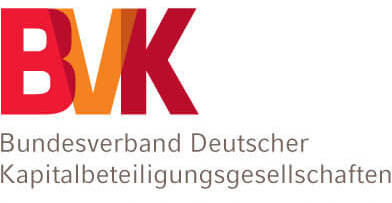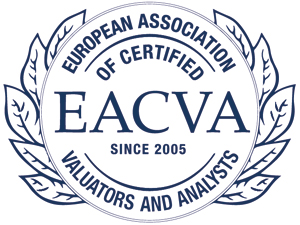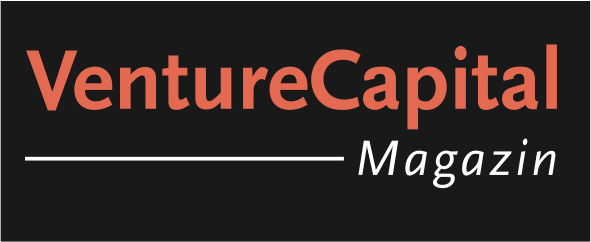The following content has been added at finexpert:
Studies > Alternative Investments
Deutsche Bank Research
FIVE REASONS WHY BITCOIN PRICES ARE HIGH AND WILL STAY HIGH
On March 13, Bitcoin prices reached a new all-time high of $73,157. This remarkable performance has been fuelled by five key factors: the approval of the spot Bitcoin ETF, expectations of future ETF approvals, the upcoming Bitcoin halving (expected April 19th), impending central bank rate cuts, and regulation. >more
Studies > Macro
Fraunhofer ISI
KRITISCH FÜR DIE WERTSCHÖPFUNG – ROHSTOFFABHÄNGIGKEIT DER DEUTSCHEN WIRTSCHAFT
The future-proof positioning of Germany's supply of mineral raw materials is central to securing the country as a business location. Security of supply of these raw materials is particularly relevant for future technologies and to limit potential supply risks that could have a negative impact on dependent sectors of the economy. This involves the entire value chain from production to recovery. Raw materials are also imported already processed into goods and play a role here. A study commissioned by KfW Research and carried out by IW Consult and Fraunhofer ISI analyzes the raw material-related value creation and supply risks along the production and supply chains for the raw materials copper, lithium and the group of rare earths. >more
Studies > Macro
PwC
WOHNUNGSNOT UND DIE FOLGEN FÜR DEN ARBEITSMARKT
Good job opportunities, short distances, attractive cultural offerings and shopping facilities: Germany's major cities are good places to live and work. Around nine out of ten working people feel comfortable in their place of residence. Actually - because one aspect is a constant source of frustration in Germany's metropolitan areas: the tense situation in the housing sector - and this has far-reaching effects on the job market, as one in three has already thought about changing jobs because rents are too high. This is making it increasingly difficult for employers in conurbations to find and retain skilled workers. >more
Studies > Macro
KfW Research
DIE BETROFFENHEIT VERSCHIEDENER GRUPPEN MITTELSTÄNDISCHER UNTERNEHMEN VON DEN AUSWIRKUNGEN DER CORONA-PANDEMIE UND DEREN ERHOLUNG
The study examines which groups of SMEs were hit hard by the coronavirus pandemic and how quickly they recovered from the effects of the pandemic. The key finding of the study is that even companies considered to be high-performing often suffered losses in turnover. However, they recovered more quickly than other companies. This applies in particular to companies with a good credit rating as well as innovative companies and those active in digitalization. The financial performance of SMEs was hardly affected by the pandemic. >more
Research Papers > Corporate Valuation
EQUITY RISK PREMIUMS (ERP): DETERMINANTS, ESTIMATION, AND IMPLICATIONS – THE 2024 EDITION
Aswath Damodaran
2024
The equity risk premium is the price of risk in equity markets, and it is not just a key input in estimating costs of equity and capital in both corporate finance and valuation, but it is also a key metric in assessing the overall market. Given its importance, it is surprising how haphazard the estimation of equity risk premiums remains in practice. We begin this paper by looking at the economic determinants of equity risk premiums, including investor risk aversion, information uncertainty and perceptions of macroeconomic risk. In the standard approach to estimating the equity risk premium, historical returns are used, with the difference in annual returns on stocks versus bonds, over a long period, comprising the expected risk premium. We note the limitations of this approach, even in markets with an abundance of data, like the United States, and its complete failure in emerging markets, where the historical data tends to be limited and volatile. We look at two other approaches to estimating equity risk premiums – the survey approach, where investors and managers are asked to assess the risk premium and the implied premium approach, where a forward-looking estimate of the premium is estimated using either current equity prices or risk premiums in other markets. In the next section, we look at the relationship between the equity risk premium and risk premiums in the bond market (default spreads) and in real estate (cap rates) and how that relationship can be mined to generate expected equity risk premiums. We close the paper by examining why different approaches yield different values for the equity risk premium, and how to choose the “right” number to use in analysis. >more
Research Papers > Corporate Valuation
EQUITY RETURN EXPECTATIONS AND PORTFOLIOS: EVIDENCE FROM LARGE ASSET MANAGERS
Magnus Dahlquist, and Markus Ibert
2023
Collecting large asset managers' capital market assumptions, we revisit the relationships between subjective equity premium expectations, equity valuations, and financial portfolios. In contrast to the well-documented extrapolative expectations of retail investors, asset managers' equity premium expectations are countercyclical: they are high (low) when valuations are low (high). We find that asset managers' portfolios reflect their heterogeneous expectations: allocation funds of asset managers with larger US equity premium expectations invest significantly more in US equities. The pass-through of expectations to portfolios seems to be muted by investment mandates and is smaller than the one predicted by a standard portfolio choice model. >more













